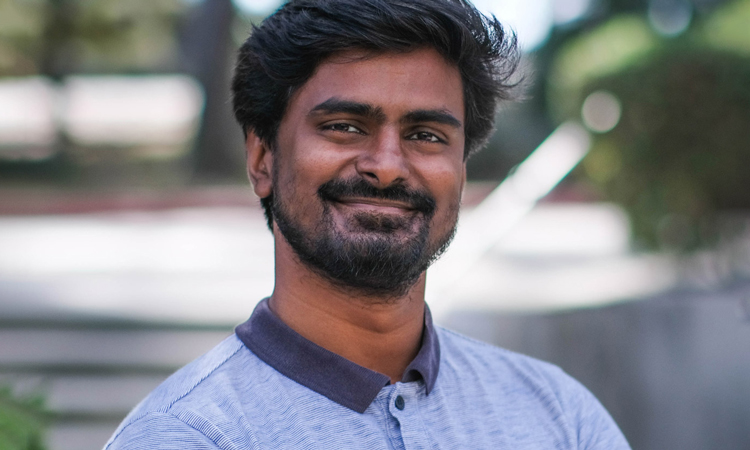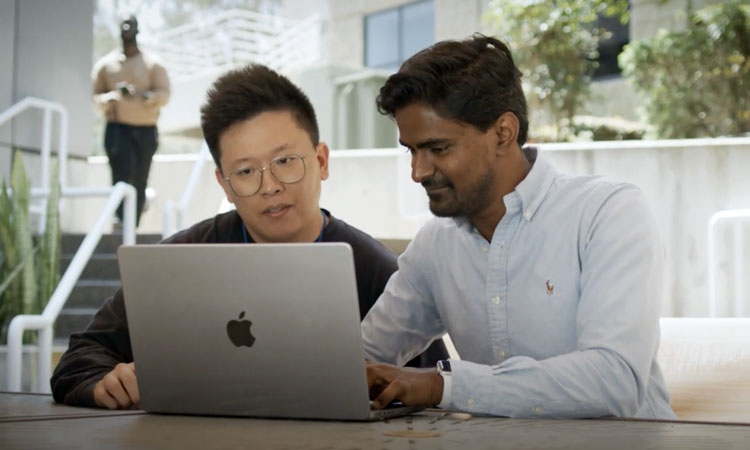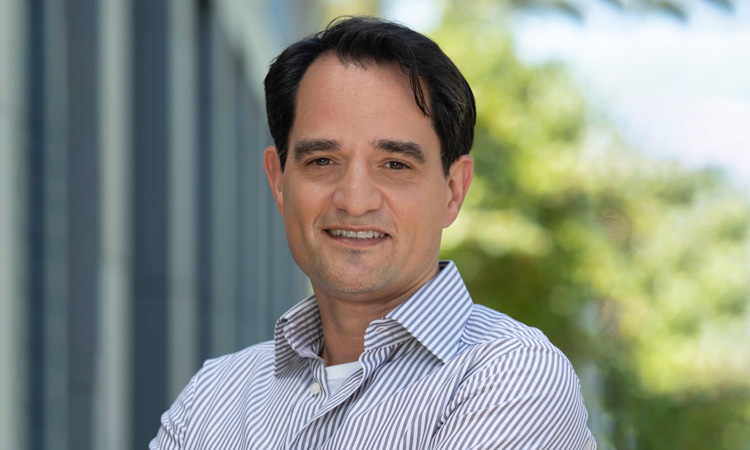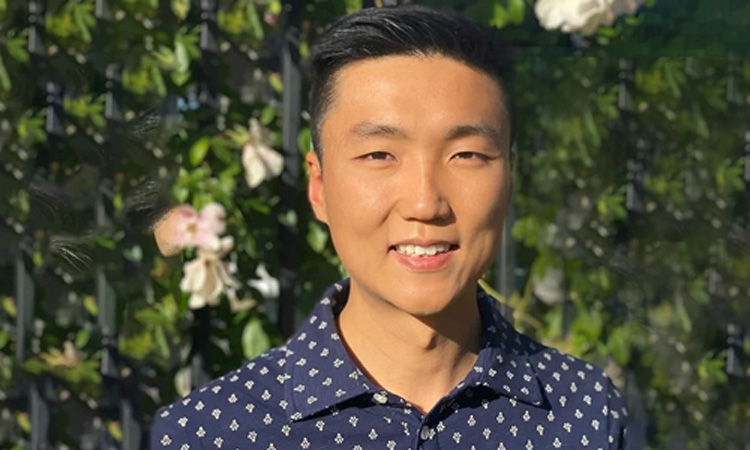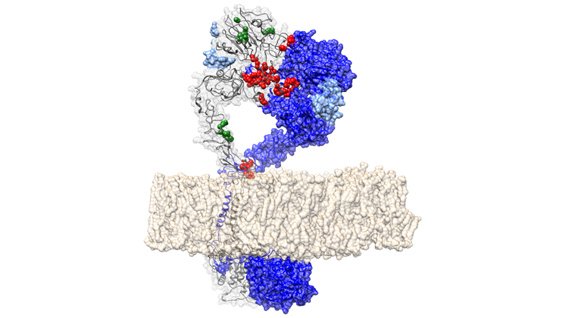Sharing clinical trial data with researchers who weren’t involved in the original study maximizes the value of patients’ participation, allowing more research questions to be answered than those of the original study. However, figuring out what data should be shared and how to do it has proven to be difficult.
The most recent issue of the New England Journal of Medicine devoted three perspective articles and an editorial on the topic of data sharing. Perry Nisen, MD, PhD, CEO of Sanford Burnham Prebys Medical Discovery Institute (SBP) and his colleagues discuss efforts to share clinical trial data and the hurdles that investigators still face.
“One of the risks is that there will not be a single simple system where these data can be accessed and analyzed, and the benefits of meta-analyzing data from multiple studies will be limited by cost and complexities,” said Nisen.
GlaxoSmithKline was a first mover in making anonymized patient-level data available from clinical trials. In 2013, the Clinical Study Data Request was established. The site is now managed by the Wellcome Trust, an independent, non-sponsor safe harbor, and includes more than 3,000 trials from 13 industry sponsors.
Nisen answers key questions about the future of clinical data sharing:
Q: Why should research sponsors go to the expense of sharing data?
Clinical data sharing is the right thing to do for science and society. First, it increases transparency of clinical trial data. It maximizes the contribution of trial participants to new knowledge and understanding. This allows researchers to confirm or refute findings, and enables them to generate other hypotheses. Scientific research globally is moving toward more transparency in clinical trial reporting and this is an important step toward building trust.
Q: What are the challenges to a one-stop shop for sharing all clinical trials data?
Protecting patient privacy and confidentiality is a major concern. Also, ensuring the data are used for valid scientific investigation, preventing erroneous claims of benefit or risk, and controlling the cost associated with anonymizing data in formats investigators can utilize effectively.
Other challenges inherent in data sharing include patient consent, data standards, standards for re-use, conflicts of interest, and intellectual property.
The editorial, also co-authored by Frank Rockhold, PhD, professor of biostatistics and bioinformatics at the Duke Clinical Research Institute, and Andrew Freeman, BSc, head of medical policy at GlaxoSmithKline, is available online here.
